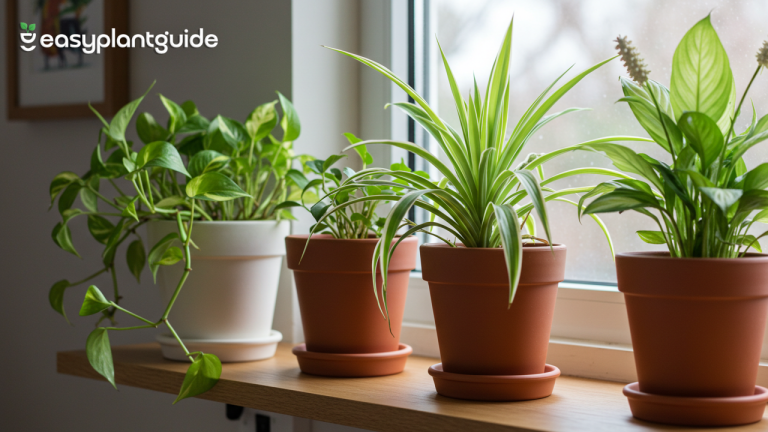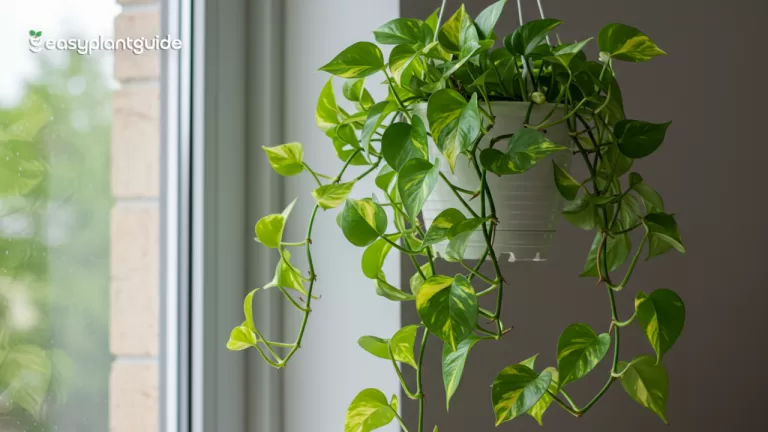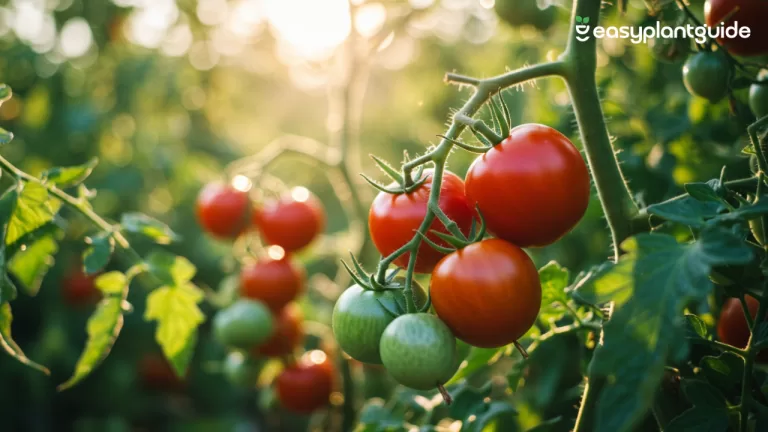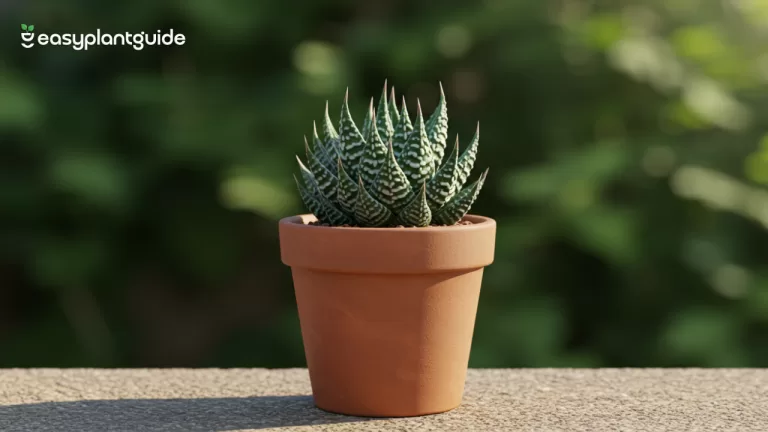Best Soil for Plants: 7 Proven Secrets to Help Them Thrive
When it comes to gardening, best soil for plants is like the heart of your garden — if it’s healthy, everything else flourishes. But with so many soil options out there, finding the best soil for plants can feel like searching for a needle in a haystack. Don’t worry, though — by the end of this guide, you’ll know exactly what to look for, how to test it, and how to create nutrient-rich soil that makes your plants thank you with vibrant growth.
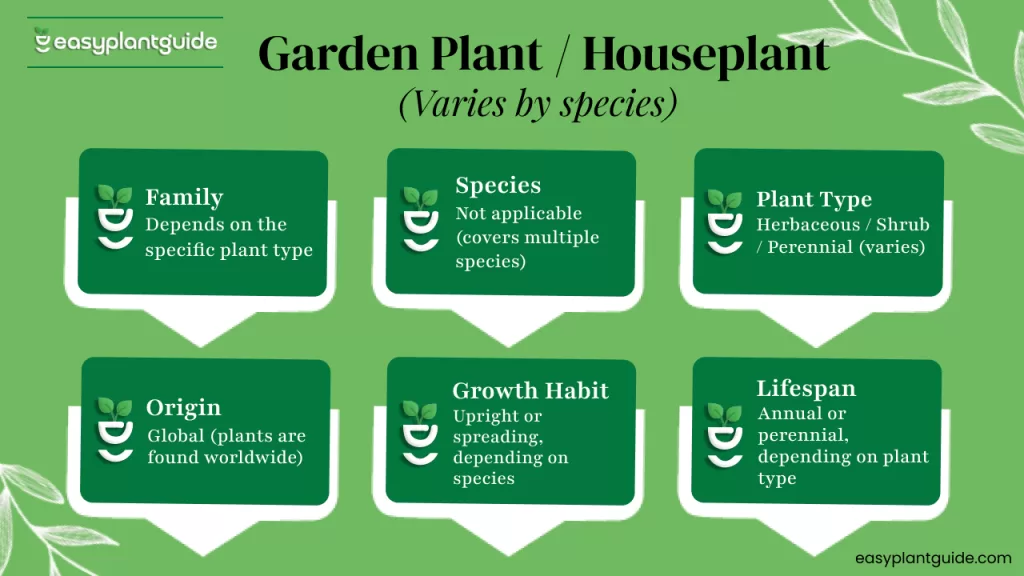
What Makes Soil “The Best”?
Not all soil is created equal, and understanding what makes the best soil for plants can make all the difference between a thriving garden and struggling plants. The best soil provides the perfect balance of moisture, nutrients, and air that roots need to grow strong and healthy. Think of it as your plant’s personal buffet, gym, and spa all in one — it nourishes, supports, and strengthens.
Good soil doesn’t just hold your plants upright; it actively works to keep them alive. It retains enough water to keep roots hydrated without becoming soggy, offers proper aeration so roots can breathe, and contains plenty of organic matter that slowly releases nutrients. Most importantly, it supports billions of beneficial microorganisms that help decompose organic material and make nutrients readily available — creating a living, breathing ecosystem beneath the surface.
Types of Soil and How They Affect Plants
Different soils have different personalities — some are clingy, some are loose, and some are perfectly balanced. Let’s break it down.
| Soil Type | Texture | Drainage | Best For |
|---|---|---|---|
| Sandy Soil | Gritty | Fast-draining | Cacti, succulents |
| Clay Soil | Sticky, dense | Poor drainage | Moisture-loving plants |
| Silt Soil | Smooth, silky | Moderate | Vegetables |
| Loamy Soil | Balanced mix | Excellent | Most plants |
Why Loamy Soil Tops the List
When it comes to the best soil for plants, loamy soil is the ultimate choice. It’s a balanced mix of sand, silt, and clay that provides the perfect environment for roots to grow strong and healthy.
Loamy soil holds moisture without becoming soggy, offers excellent drainage, and is packed with organic matter for steady nutrition. It also supports beneficial organisms like worms and fungi, making it the most reliable and versatile soil for thriving plants.
Understanding Soil pH and Its Importance
The best soil for plants isn’t just about texture or nutrients — its pH level plays a huge role too. Soil pH determines how easily plants can absorb essential nutrients from the ground. Most plants grow best in slightly acidic to neutral soil, with a pH range between 6.0 and 7.0. When soil falls outside this range, even fertile soil can fail to nourish your plants properly.
If the soil is too acidic, vital nutrients like phosphorus become unavailable, while overly alkaline soil locks up iron and zinc. This imbalance can lead to yellowing leaves, weak growth, and nutrient deficiencies. To keep the best soil for plants healthy and balanced, test your soil regularly with a simple pH kit from a garden store — a small step that ensures strong, vibrant growth.
Signs You’re Using the Wrong Soil
If your plants look dull, weak, or refuse to grow, it might be a sign that you’re not using the best soil for plants. The wrong soil can suffocate roots, block nutrients, or hold too much water, leaving your plants struggling to survive. Here are a few clear signs that your soil needs an upgrade.
1. Yellowing or Stunted Leaves
When plants can’t access the right nutrients, their leaves start yellowing, and growth slows down. This often means the soil lacks essential minerals or has poor drainage.
2. Poor Drainage or Compacted Soil
If water pools on the surface or the soil feels hard and dense, roots can’t breathe properly. The best soil for plants should feel loose and crumbly, allowing easy air and water flow.
3. Mold or Fungus Growth
A white or greenish layer on top of your soil signals excessive moisture. Overly wet conditions can lead to fungal problems that damage roots.
4. Plants That Easily Tip Over
If your plants fall over even after watering, it’s likely that the soil isn’t supporting strong root anchoring. Healthy soil gives roots stability and strength.
5. Roots Circling the Pot
When roots wrap around the inside of the pot instead of spreading, it’s a sign of suffocation. Refreshing the mix with the best soil for plants allows roots to expand freely and grow stronger.
5 Key Ingredients Every Good Soil Needs
The best soil for plants is more than just dirt — it’s a living, breathing ecosystem filled with everything your plants need to grow strong and healthy. For your garden to truly thrive, your soil should include these essential ingredients:
- Water: Adequate moisture keeps nutrients moving and roots hydrated, maintaining the perfect balance for healthy growth.
- Organic Matter: Compost, dried leaves, and manure enrich the soil with nutrients, improving its texture and fertility.
- Minerals: A balanced mix of sand, silt, and clay gives the soil structure, helping it hold moisture while ensuring good drainage.
- Microorganisms: Fungi, bacteria, and worms naturally fertilize the soil, breaking down organic matter and boosting plant health.
- Air: Roots need air to breathe — the best soil for plants should be loose and well-aerated for proper oxygen flow.
How to Make Your Own Perfect Soil Mix
If you don’t want to buy expensive commercial soil, you can easily create the best soil for plants at home. Making your own mix lets you control quality, texture, and nutrients so your plants can thrive in the perfect environment.
Here’s a simple and effective formula gardeners swear by:
- 1 part garden soil provides the base and essential minerals your plants need for structure and stability.
- 1 part compost adds organic matter and nutrients, boosting fertility and encouraging beneficial microorganisms.
- 1 part coco peat or peat moss improves moisture retention and aeration, keeping the soil light and fluffy.
- ½ part perlite or sand enhances drainage and prevents the soil from becoming compacted or waterlogged.
Mix everything thoroughly in a container or wheelbarrow, then lightly moisten it before use. This balanced blend creates the best soil for plants, offering ideal drainage, aeration, and nourishment for strong, healthy growth.
5 Smart Tips to Improve Poor Soil Naturally
Improving poor soil is like nurturing a neglected friendship — it takes patience, care, and consistency, but the results are worth it. To create the best soil for plants, focus on simple, natural methods that rebuild fertility and structure over time.
Start by adding organic compost regularly to boost nutrients and improve texture. Use mulch to retain moisture and protect the soil surface from erosion. Growing cover crops like clover or beans helps enrich the soil with nitrogen naturally. Avoid over-tilling, as it damages the soil structure and beneficial microorganisms. Finally, add worm castings or biochar for long-term soil health and improved nutrient balance.
With these small but effective steps, your garden will gradually develop the best soil for plants, becoming richer, softer, and more fertile — the perfect foundation for strong, vibrant, and healthy growth.
Top Mistakes Gardeners Make with Soil
Even experienced gardeners can make simple mistakes that prevent them from achieving the best soil for plants. These small errors might seem harmless at first but can seriously affect plant health and growth over time.
Using the wrong soil type for your plants can lead to poor drainage or nutrient imbalance. Ignoring soil testing means you might never know what your soil truly needs. Overwatering or underwatering can suffocate roots or leave them too dry to absorb nutrients. Stepping on or compacting soil reduces air circulation, while skipping organic matter deprives plants of essential nutrients.
Remember, taking care of your soil is the same as taking care of your plants — healthy soil always leads to healthy, thriving growth.
5 Easy Soil Maintenance Habits
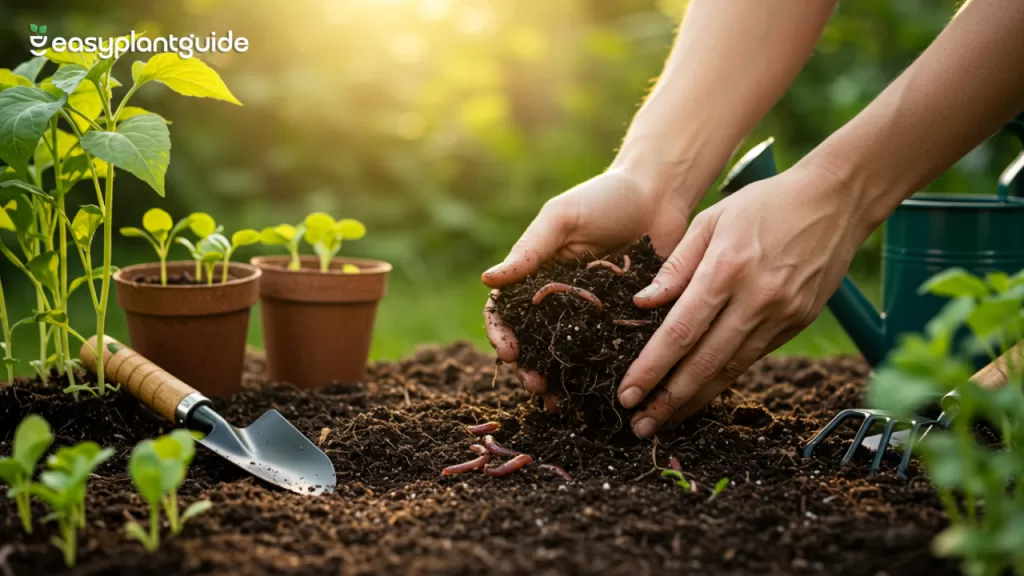
Keeping your garden healthy doesn’t have to be complicated — small, consistent actions can make a big difference in achieving the best soil for plants. When you care for your soil regularly, it rewards you with thriving growth season after season.
Water deeply instead of frequently to encourage strong root systems. Rotate crops to maintain balanced nutrients and prevent depletion. Mulch often to protect the topsoil and retain moisture. Check the soil pH twice a year to ensure nutrient availability. Add compost every planting season to replenish organic matter and improve texture.
Organic vs. Synthetic Soil – Which One Wins?
Organic soil relies on natural ingredients like compost and manure, while synthetic soils use chemical When it comes to finding the best soil for plants, the debate between organic and synthetic soil often takes center stage. Organic soil relies on natural ingredients like compost, manure, and decomposed plant matter, while synthetic soils depend on chemical fertilizers and lab-made additives to boost growth.
Organic Soil Pros:
Organic soil improves structure and long-term fertility, creating a balanced environment for roots to thrive. It’s safe for pollinators, pets, and the planet, retaining nutrients naturally without harming beneficial organisms. Over time, it builds rich, living soil that supports sustainable growth.
Synthetic Soil Cons:
Synthetic soil may offer quick results, but it can damage soil health in the long run. Continuous use often leads to nutrient imbalances and the decline of beneficial microorganisms, weakening plant resilience.
Verdict:
Organic soil clearly wins the sustainability race — it nurtures life both above and below the ground, making it the true foundation for lasting plant health.
Testing and Adjusting Soil for Perfection
Testing your garden soil is one of the most important steps to achieving the best soil for plants. A simple soil test helps you understand the pH level, nutrient balance, and texture of your soil. This knowledge allows you to identify what your plants are lacking — whether it’s nitrogen, phosphorus, or potassium — and helps you make informed decisions to promote strong, healthy growth and higher yields.
Once you have the results, you can fine-tune your soil for perfection. Add lime to reduce acidity or sulfur to lower alkalinity, depending on the test outcome. Enrich the mix with compost or organic fertilizer to improve structure and nutrient content. Regular testing and minor adjustments ensure that your soil remains balanced, fertile, and capable of sustaining lush, thriving plants season after season.
Conclusion: Let Your Soil Work Its Magic
Your plants are only as strong as the soil beneath them. Choosing the best soil for plants isn’t about fancy packaging — it’s about understanding your plants’ needs and creating the perfect environment for growth. Whether you use a homemade loamy mix or a rich organic blend, the right soil transforms your garden from ordinary to outstanding.
So grab your gloves, dig in, and start building the foundation your plants deserve. When your soil is alive with nutrients and microorganisms, your garden will reward you with lush greenery and vibrant blooms. Remember — healthy soil means happy plants and a thriving garden year-round.
Explore more plant blogs and grow your green journey with us.


